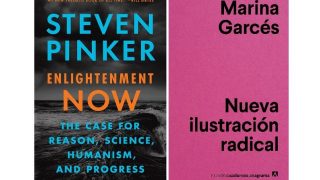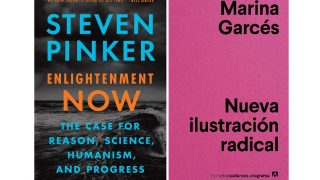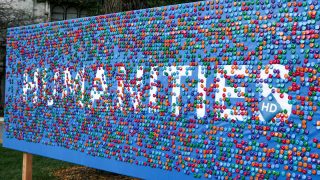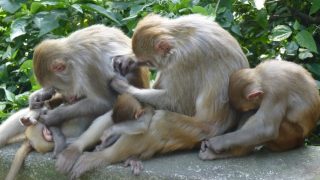
Majority with veto rule versus unanimity
In many group decisions unanimity is required to ensure that a reform will be adopted only if it benefits all its members. Multinational organizations may be the best example of this. However, when members have incomplete and private information about the convenience of the reform, a majority rule with veto power performs better in the […]








